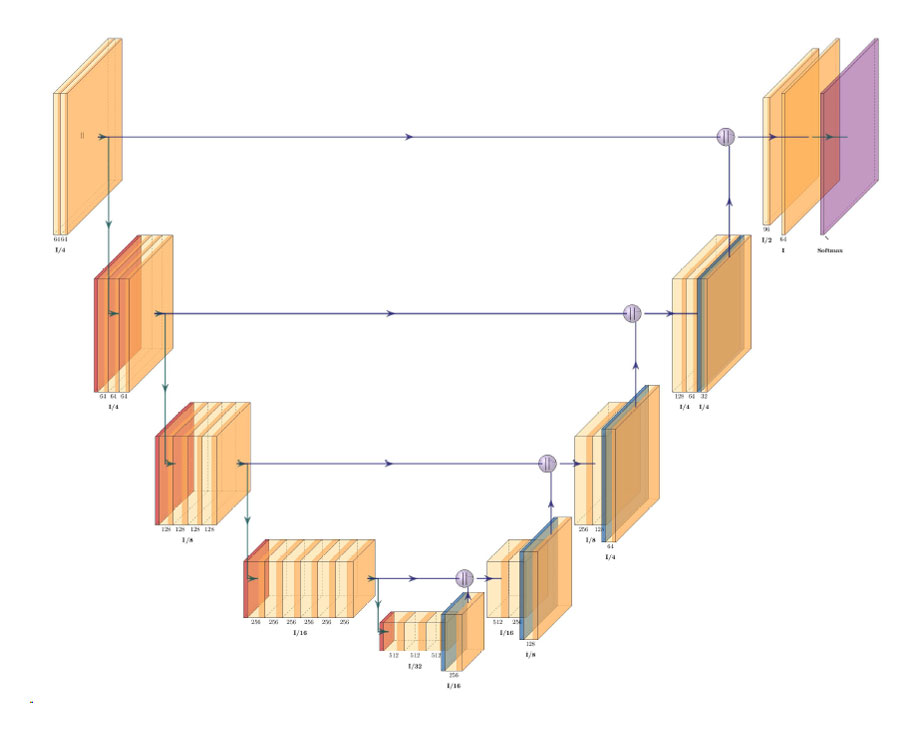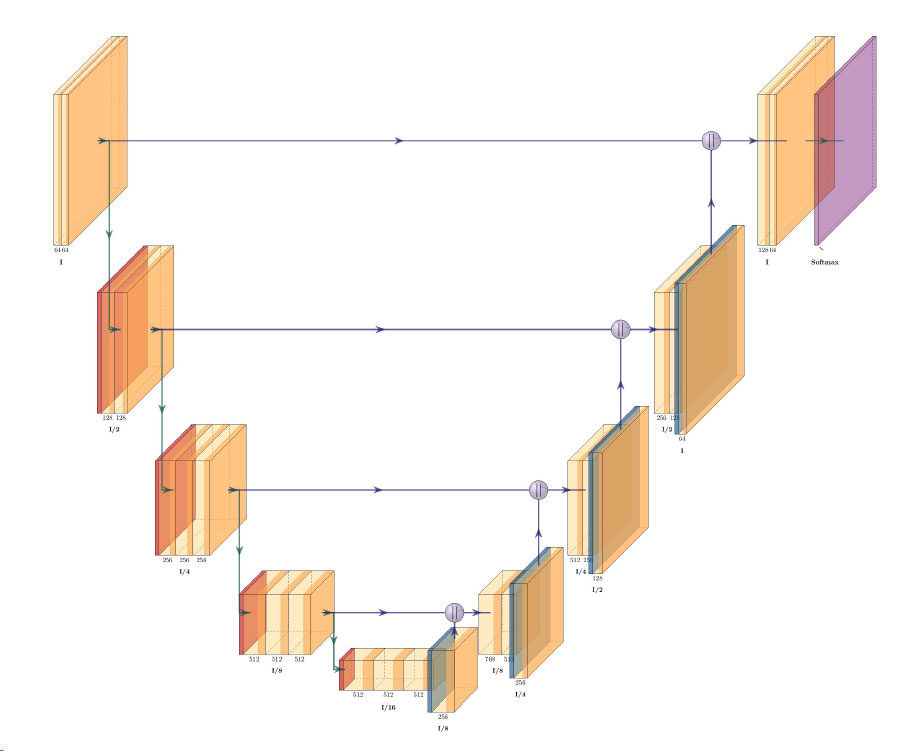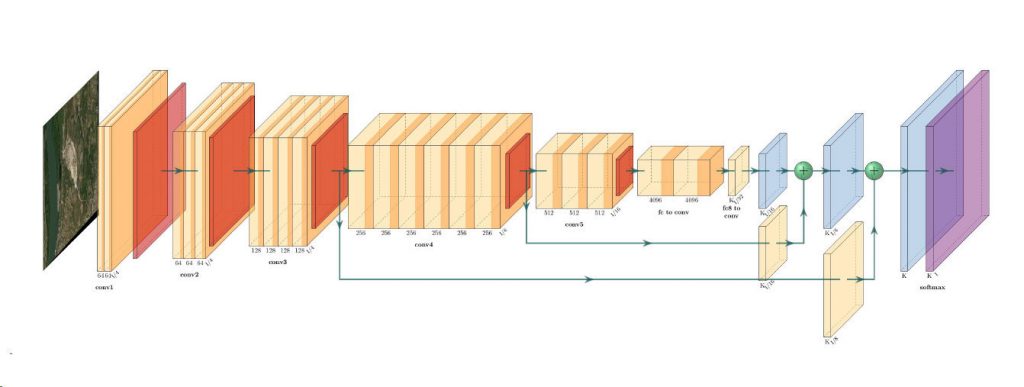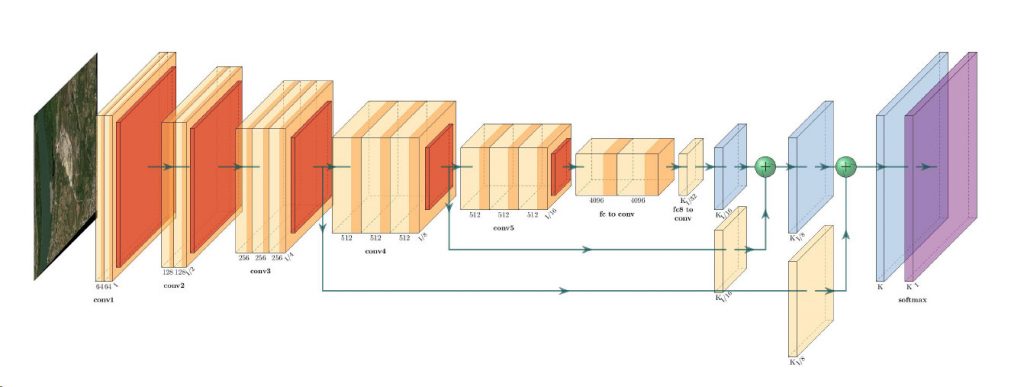European Space Imaging Delivers 100% Success Rate For European Commission
- European Space Imaging
Speedy delivery and quality imagery mark European Space Imaging’s acquisitions for the 2017 CwRS CAP program.
Early last week European Space Imaging finalized the collection of nearly half a million square kilometers of satellite imagery for the European Commission. This marks the completion of its VHR Image acquisition for the 2017 Controls with Remote Sensing (CwRS) program with a 100% success rate – demonstrating once again the company’s capacity and reliability as Europe’s leading very high resolution satellite image provider.
The CwRS program monitors agricultural land for which farmers have been granted subsidies under the EU’s Common Agricultural Policy (CAP), which amount to around €40 billion per year. European Space Imaging has been the major provider of very high resolution satellite data to the program since 2003.
“We are extremely proud to once again achieve a success rate of 100% in this challenging and important campaign,” said Adrian Zevenbergen, European Space Imaging’s Managing Director. “Our staff worked around the clock to achieve this goal.”
EU Member States give European Space Imaging an individual collection window for each of the 842 agricultural zones spread all over Europe, and on average it has 51 days to gather the data. This year cloudy weather over Latvia, the United Kingdom, and Ireland made the operation particularly challenging.
“Despite the clouds we managed to collect images for over 70% of the zones within two weeks of the window opening, which helps the EU Member States manage their own deadlines,” said Dr. Melanie Rankl, Project Manager at European Space Imaging.
From its ground station in Munich, European Space Imaging takes into account real-time weather conditions before directly tasking the world’s most advanced satellite constellation: WorldView-1, GeoEye-1, WorldView-2, WorldView-3, and WorldView-4. Direct tasking allows it to minimize cloud cover and increase collection efficiency – it was able to deliver the vast majority of imagery with less than 10% cloud cover.
“The addition of WorldView-4 to the satellite constellation in May 2017 really boosted our collection capacity,” said Dr. Rankl. “It gathered over 79,000km2 of imagery in less than four months.” European Space Imaging is looking forward to continuing its role as a dependable imagery partner of the EU Commission and Member States into the future.
Related Stories
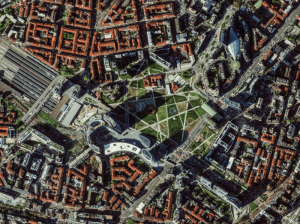
Europe’s Green and Digital Transformations with 25 Years of VHR Satellite Archive Data
Planning Europe’s future without knowing its past is impossible. The European Green Deal, Horizon Europe, the EU Biodiversity Strategy for 2030 and other policies all demand one thing: evidence. Not just today’s data, but years of history that show how our cities, forests, and coastlines have changed.
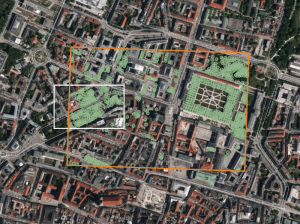
AI Uses 15 cm Satellite Images to Cut Costs and Increase Scalability in Forest Management and Urban Forestry
Forest managers across Europe face an impossible task: monitor millions of hectares with shrinking budgets while meeting increasingly strict EU environmental targets. But with the rise of AI and satellite technology, they now have new solutions at their disposal – smarter, cheaper, and more scalable – to monitor forest health, automate tree inventories, and plan sustainable logging. In this article, we introduce one of these solutions: an AI forestry algorithm developed by Arboair using 15 cm satellite data from EUSI.

GEOSeries: Extracting Insights From High Resolution SAR Imagery for Time-Sensitive Analysis
In this webinar, industry experts and advanced users of Umbra SAR data showcase how they transform SAR imagery into actionable insights in real-world mapping, monitoring and intelligence applications. See how NV5 and Umbra leverage ENVI SAR Essentials for advanced processing with time-efficient results, converting analytics into valuable intelligence.
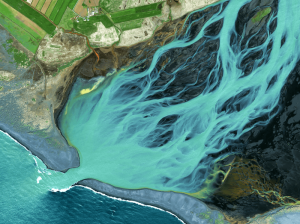
Using Satellite Imagery to Build Water Resilience Across Europe
Water across Europe is facing severe pressure. Climate change, urbanisation, agricultural demands and other sources of pollution are threatening water security and creating critical challenges that need to be addressed. We have to act quickly, build stronger systems and create sustainable water resilience practices – so that both natural ecosystems and human communities can thrive. Here is how satellite imagery from EUSI can help.


